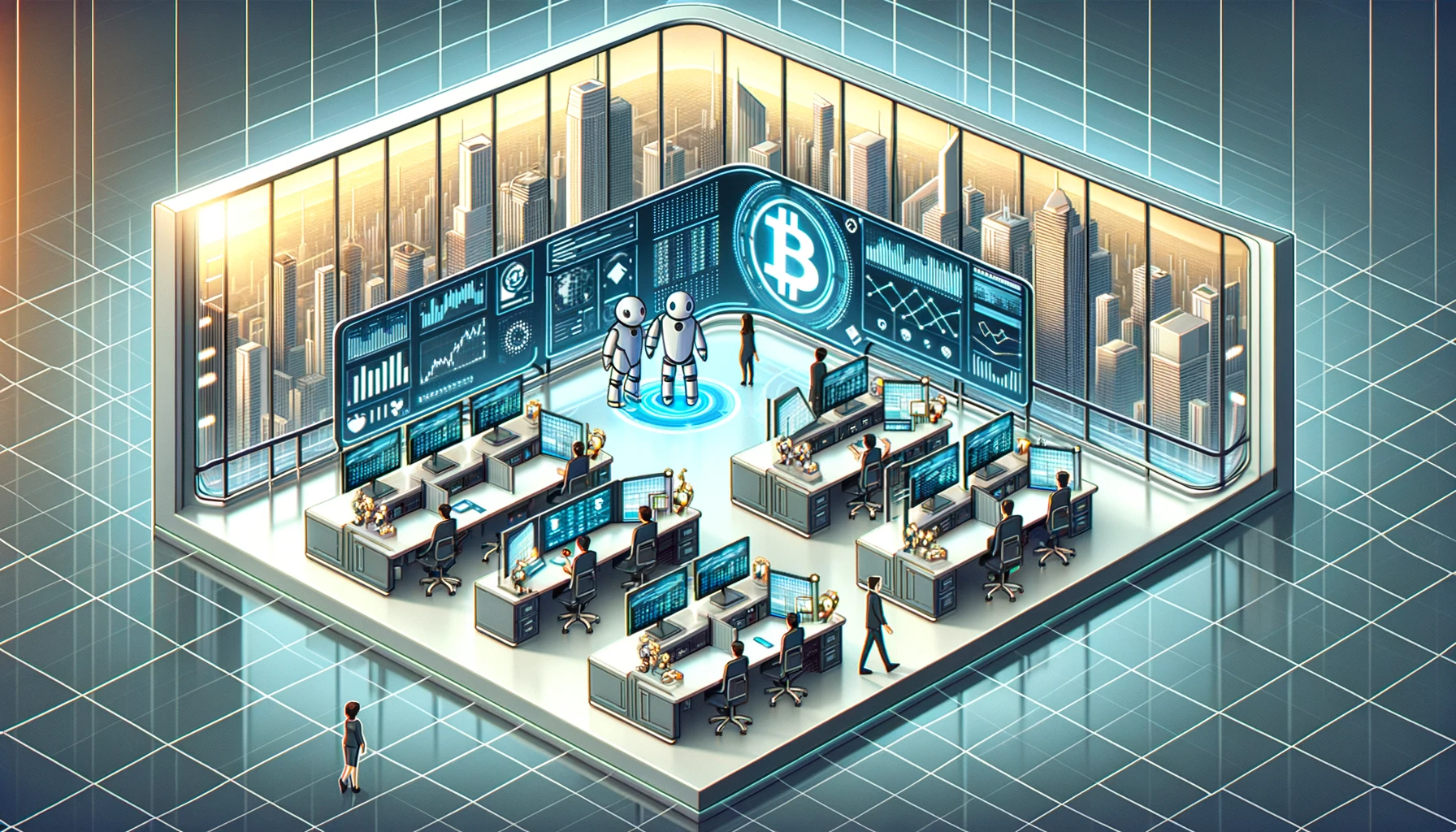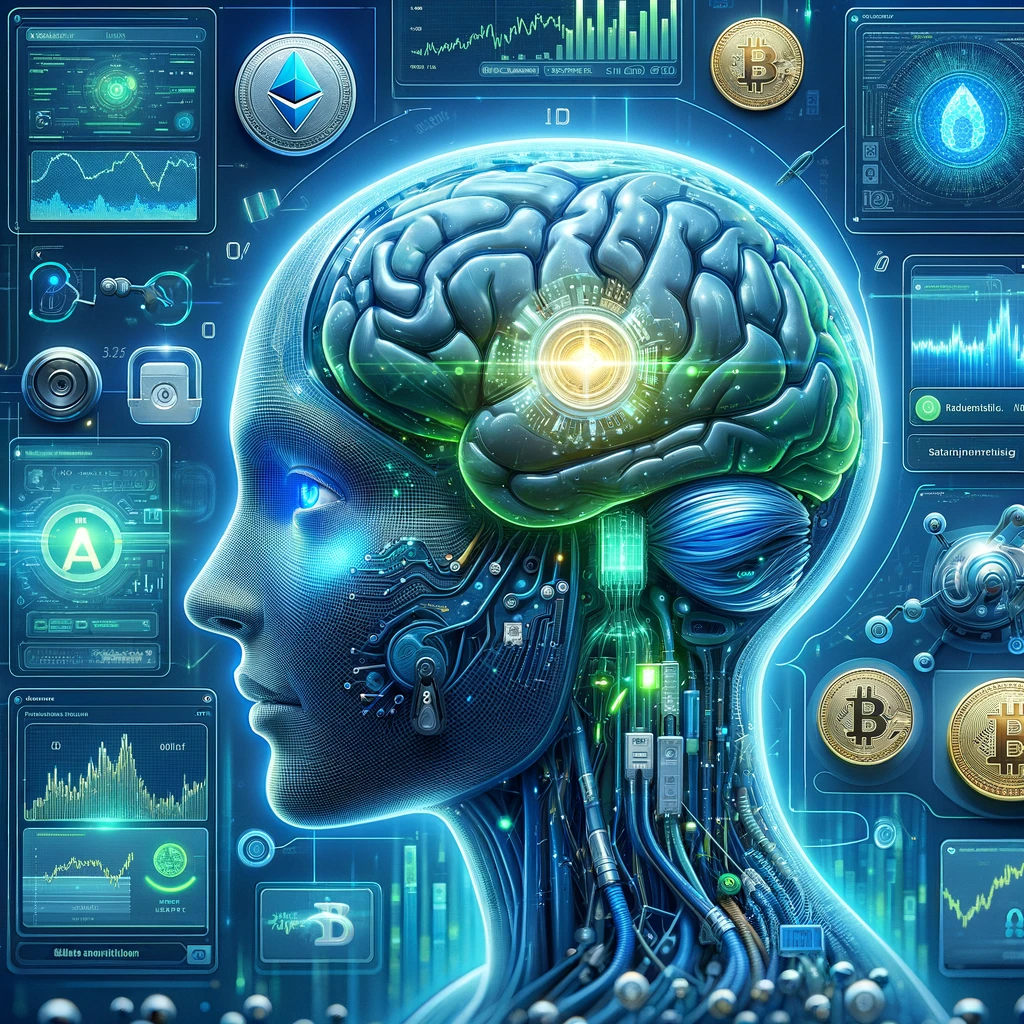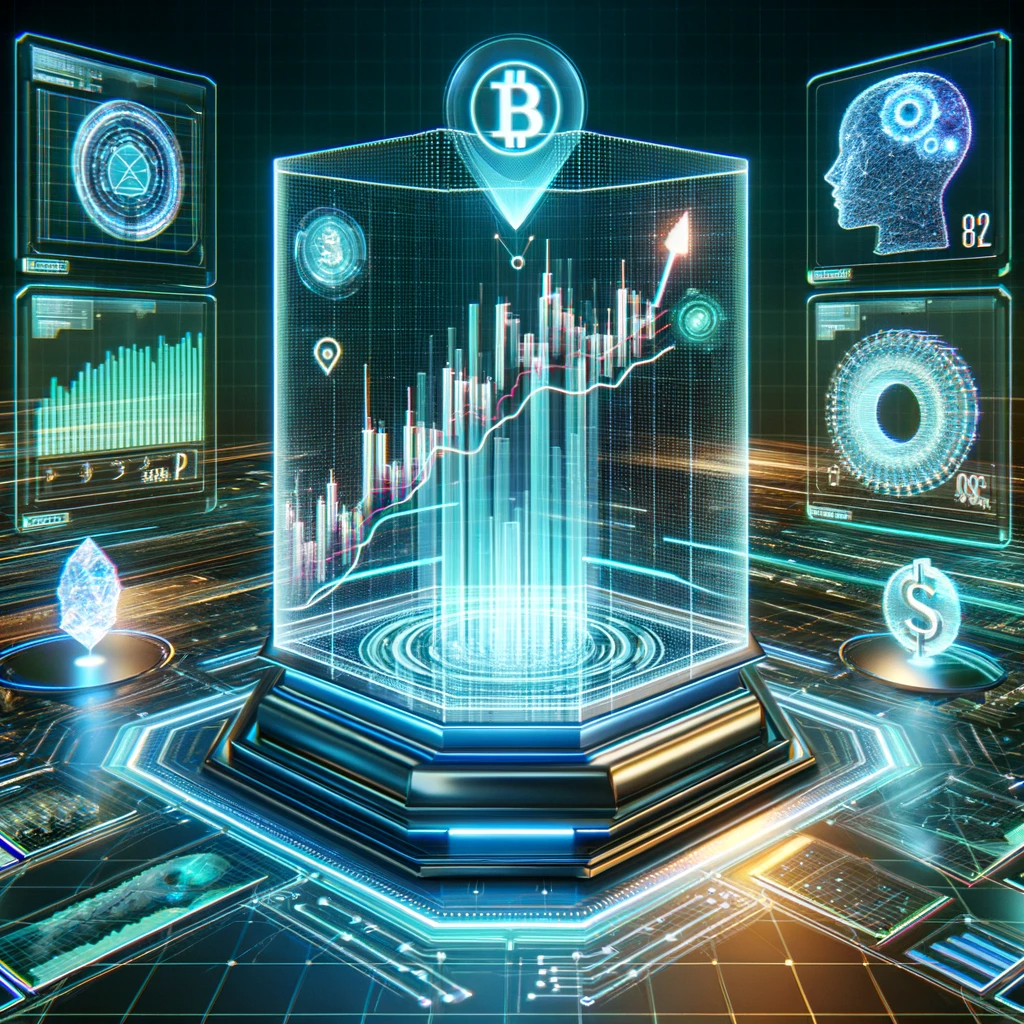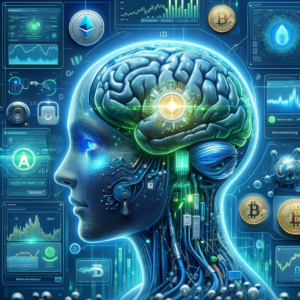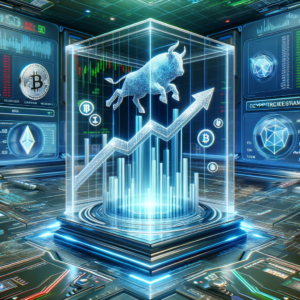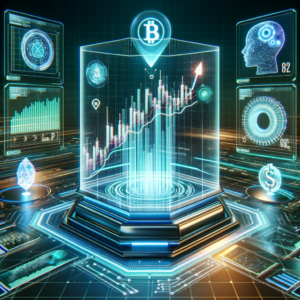The integration of automation in trading has redefined the landscape of investments, making high-frequency trading not only accessible but also significantly more efficient and potentially more profitable for a broader demographic of investors. As technology advances, the application of automated trading systems (ATS) has become a transformative force in financial markets. These systems utilize algorithms to execute trades at speeds and volumes that are unattainable by human traders. This evolution is not just reshaping strategies but also the overall approach to investing. Here’s how automated trading is impacting the efficiency and profitability of investment strategies:
Increased Efficiency through Automation
Speed: Automated trading systems can process vast amounts of data and execute orders within milliseconds. This capability is crucial in a market where investment opportunities can emerge and disappear in seconds. The speed of automated systems helps traders capitalize on fluctuations in the market before they can be levered by human competitors.
Accuracy and Precision: Automation minimizes the room for error that is often present in manual entries. These systems follow the programmed criteria with high precision, ensuring that trades are executed exactly as planned, avoiding costly mistakes such as the misplacement of decimal points or the purchase of incorrect asset quantities.
24/7 Market Operations: Unlike human traders, algorithms do not need to rest or sleep. They can operate around the clock, continually scanning and reacting to market conditions, which is particularly beneficial in the global crypto markets that never close.
Enhanced Profitability with Strategic Execution
Algorithmic Trading Strategies: Automated systems can implement complex mathematical models that predict price movements and identify trading signals. By using historical data and real-time analytics, these algorithms decide not only when and what to buy but also the optimal time to sell, maximizing potential profits.
Backtesting: Before executing on live markets, algorithms can be backtested using historical data to understand the viability of a trading strategy. This process allows for fine-tuning strategies and optimizing them without risking actual capital.
Risk Management: Automated trading systems can enforce risk management strategies with greater discipline than human traders. For instance, stop-loss orders and profit targets can be automatically set for each trade to ensure that positions are not overly exposed to losses and profits are secured.
Scalability and Accessibility
Diversification: Automation allows for the simultaneous management of multiple trading accounts and strategies, spreading risk across various instruments and not overexposing to any single asset or market. This diversification is much harder to achieve manually at the same efficiency level.
Lower Barriers to Entry: Automated trading has democratized access to sophisticated trading strategies that were once the exclusive domain of professional traders in banks and hedge funds. Now, retail investors can access these tools, leveling the playing field.
Challenges and Considerations
Despite its benefits, automated trading is not without its challenges. The lack of human oversight can lead to situations where trading algorithms might misinterpret market conditions, particularly during high volatility or atypical events where historical data may not predict future outcomes accurately. Moreover, the reliance on technical infrastructure means that hardware failures or connectivity issues can lead to significant losses.
Furthermore, the increased use of automated trading systems raises concerns about market fairness and integrity. The potential for algorithms to cause rapid, significant market movements can also lead to flash crashes or exacerbated market volatility.
Conclusion
Automated trading is undeniably shaping the future of investments, offering unprecedented levels of efficiency and profitability. However, as with any powerful tool, it requires responsible usage and oversight to mitigate inherent risks. As we move forward, the continued evolution and integration of AI and machine learning will likely continue to refine and enhance the capabilities of automated trading systems, further revolutionizing investment strategies and potentially altering the structure of financial markets altogether.


